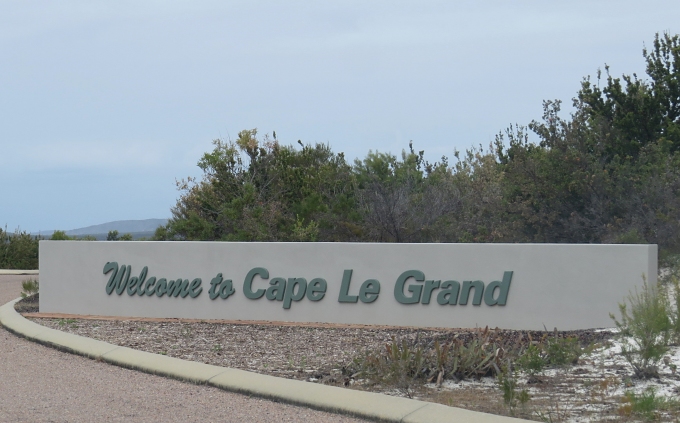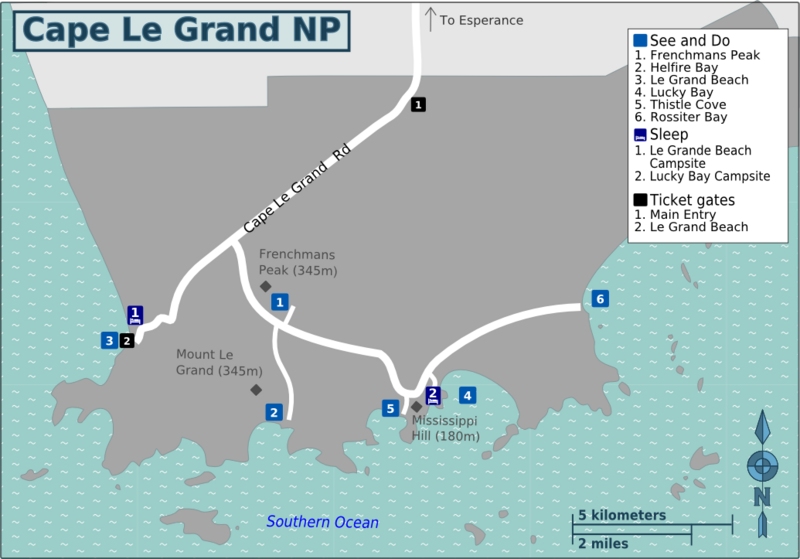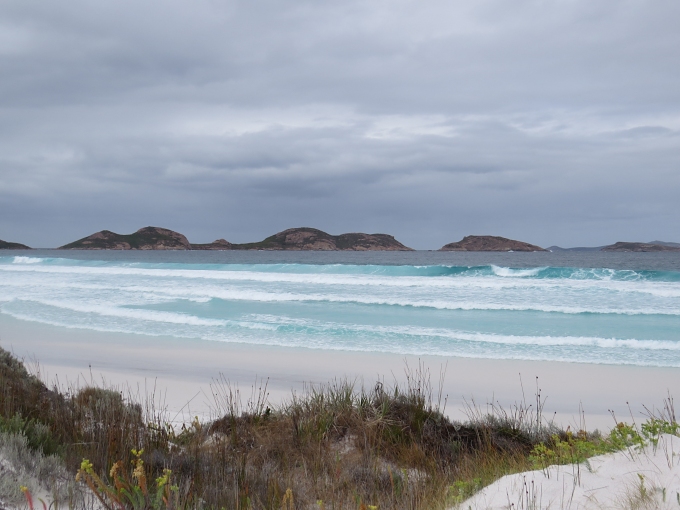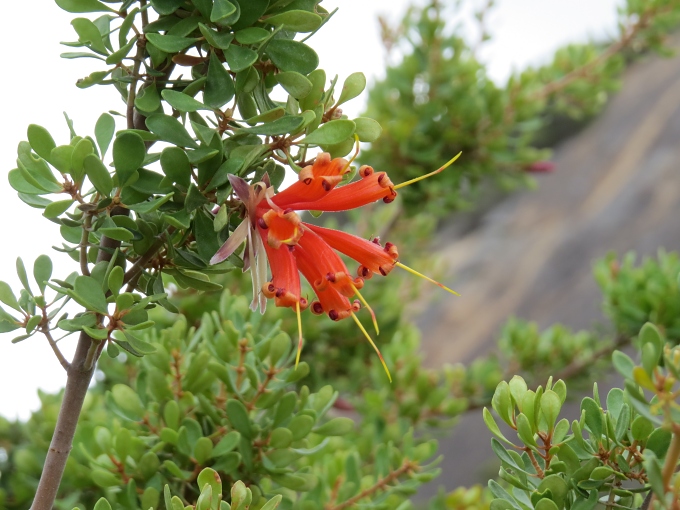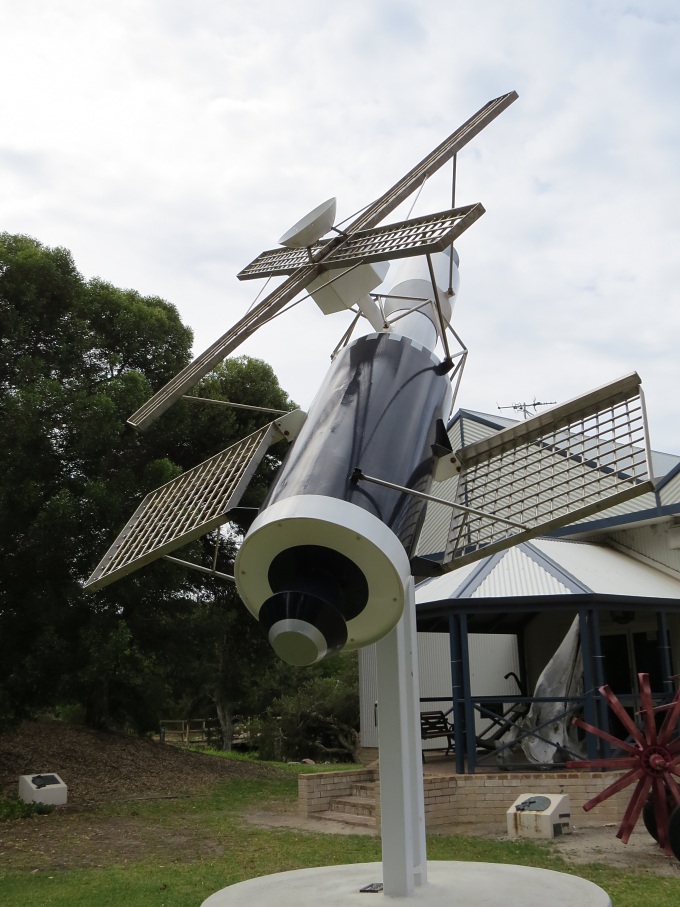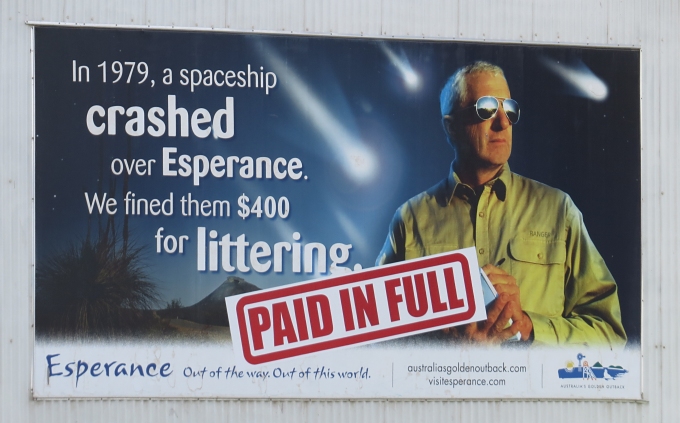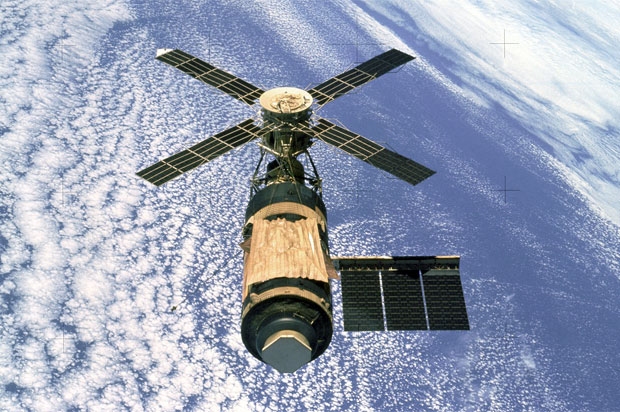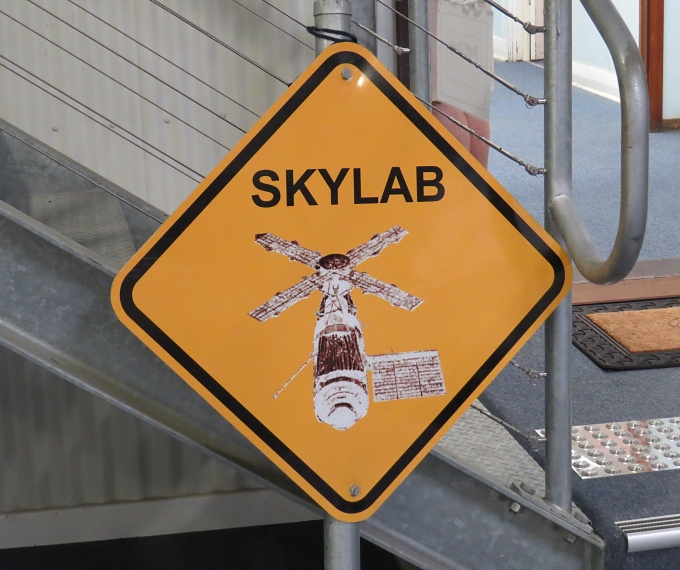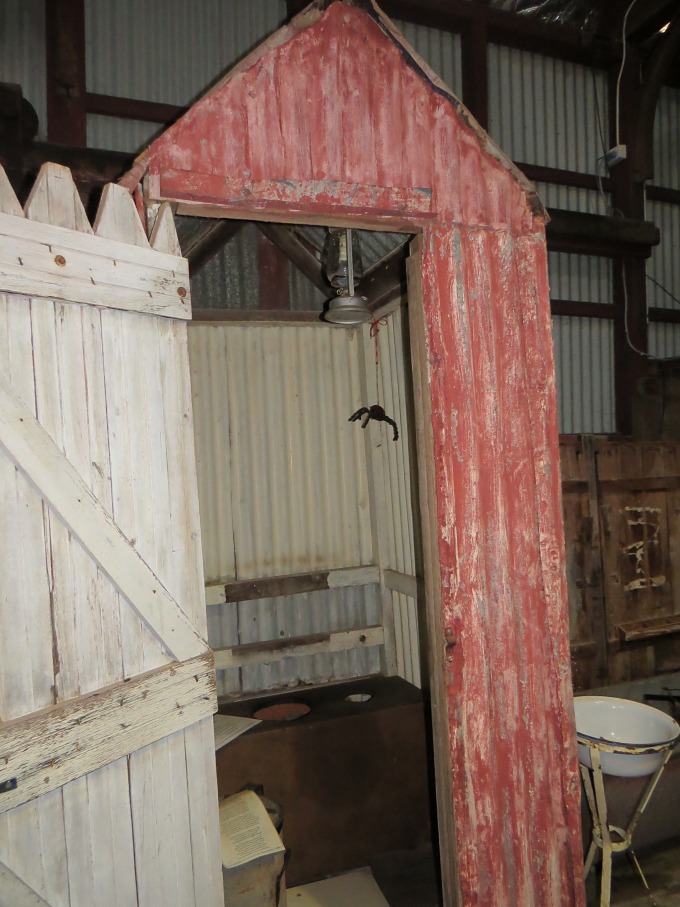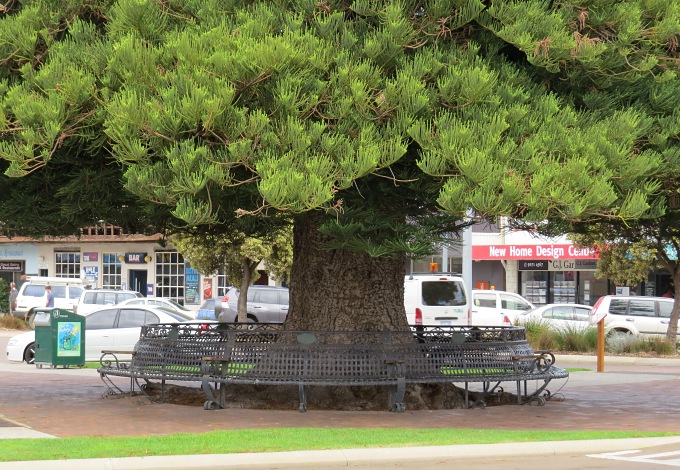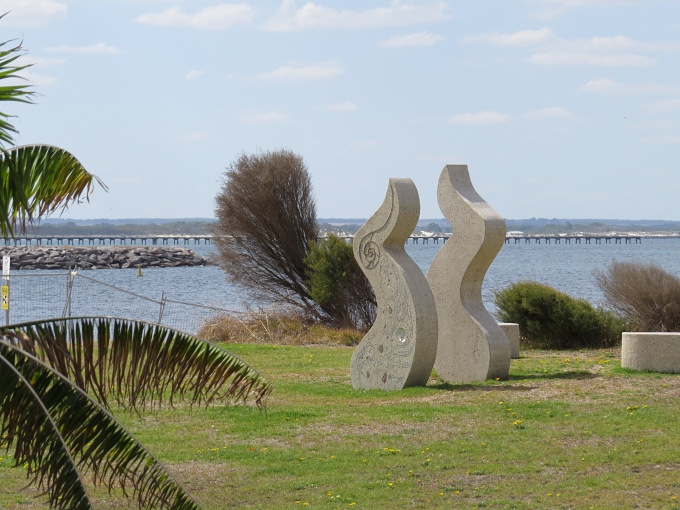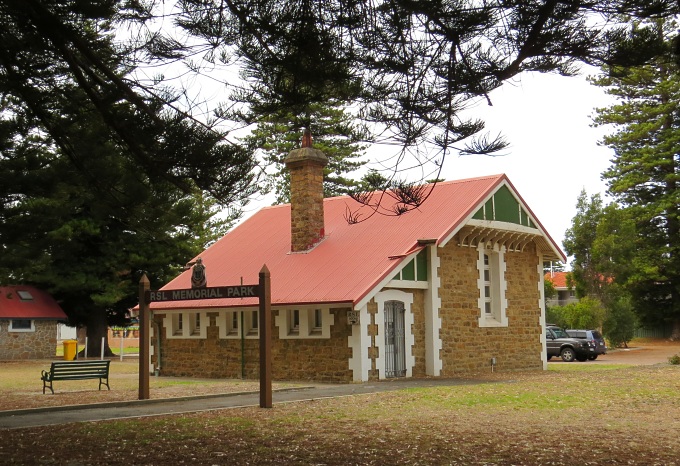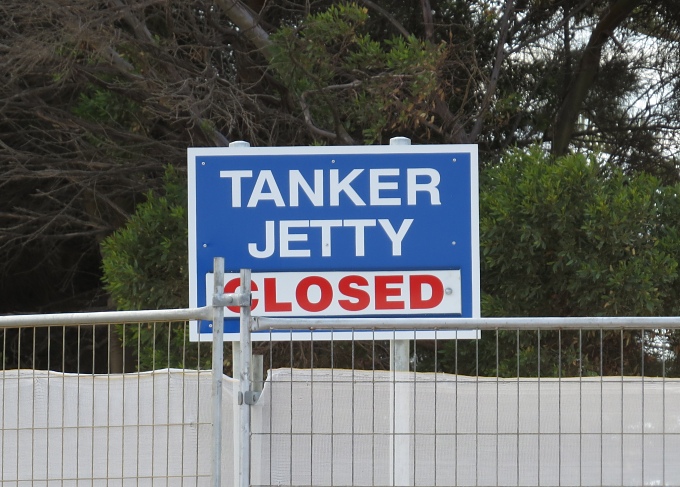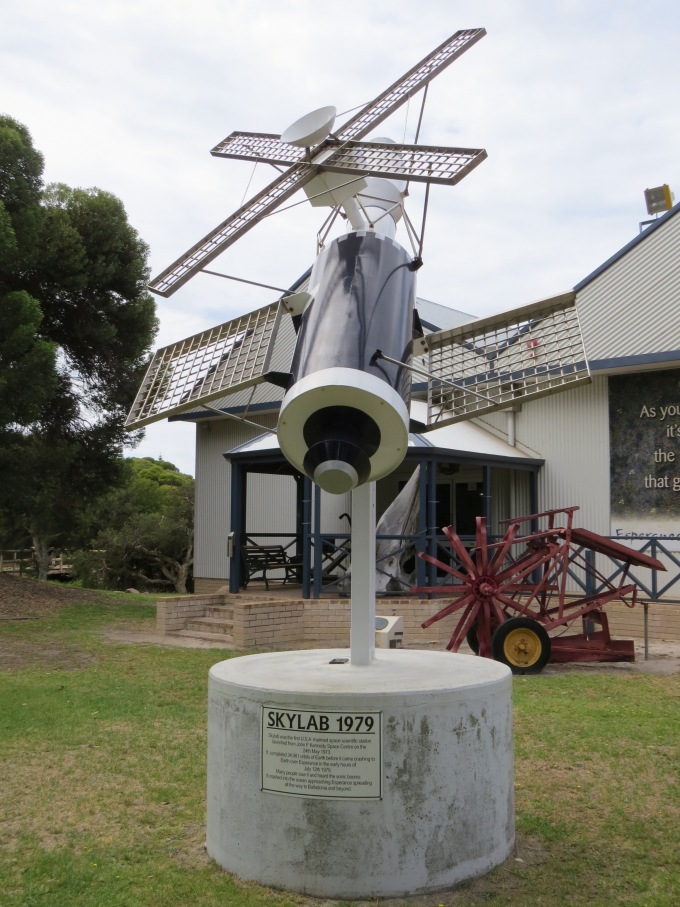Cape Le Grand NP, Western Australia
/Sometimes the wind just isn't right for sailing in the direction we want to go. Sometimes that's okay. There are six national parks in the Esperance region. The closest, Cape LeGrand National Park is only about 50km (35 miles) to the east and Del offered the use of her car again. When the weather gives you lemons (and friends lend you cars), make lemonade. We were off bright and early, heading to the national park.
The park covers an area of ~78,600 acres and is an ancient landscape. The coastline is mostly granite outcrops and boulders, fringed with white sand beaches overlooking the Recherche Archipelago and the Southern Ocean. Inland, the parklands are bush-covered sand plain with an occasional swamp or fresh water pool thrown in for good measure. Le Grand is named after one of the officers on L'Esperance, one of D'Entrecasteaux's ships that arrived in the 1792 French expedition.
We paid our $12/car entry fee at the unmanned entrance station and headed directly to Lucky Bay. We missed this anchorage on our way through the Recherche Archipelago because it wasn't a safe anchorage for the current wind direction, but we'd heard much about it. We weren't disappointed. The sweeping sand beach and aquamarine waters were stunning. We walked the beach, climbed up the dunes and evaluated how difficult it might be to land a dinghy here with the current swell and rollers.
But the primary reason for coming to this beach was that a small fresh water stream ran across the shore to the ocean and kangaroos regularly watered here. As we walked alone along the beach, we were disappointed that no kangaroos showed their faces. Wrong time of day, I guess. We did, however, spot several rock parrots, a new species to tick off our Australian bird list.
Banksia, named after Joseph Banks, naturalist aboard the Endeavor, on Captain Cook's first major expedition (1768-1771), grows abundantly here in the sandy soil. I'm not sure we have anything like it in the US. We saw it growing for the first time in New Zealand.
Just when we'd nearly given up, a possibly-grey something of a blur caught our attention near the edge of the bush. Could it be a kangaroo? And then the grey blur hopped onto the beach in clear view.
Oh, my … it was a kangaroo, no two kangaroos, no three kangaroos ... drinking, hopping, munching, and preening on the beach. A female and her joey laid down for a rest.
We made our way up the beach, closer and closer. We didn't want to frighten them, but I was keen to get some good photos. As I stood there quietly, snapping photos, much to my surprise, they hopped up to me, gave me a sniff, allowed me to give them a pat on their backs and proceeded to eat grass roots nearby. We spent well over an hour, watching, photographing, interacting and enjoying. What a morning!
There are several other scenic bays within the park and we stopped at them all for a look-see. At Thistle Cove (named by Flinders after Ship's Master, John Thistle), we walked on smooth, granite rocks to view the bay and then past Whistling Rock, a wave-shaped rock, standing on end, that acted as a natural amphitheater and eerily reflected the sounds of the surf.
The Aborigines have inhabited the area for centuries, if not millennia, and the Njunga people are acknowledged as the traditional custodians of the park. Several info signs and Aboriginal paintings provided insight into the Dreaming legends of the area, none so enchanting as that related to Frenchman's Peak.
Aboriginal people were camping by the sea and told their children to stay in camp with the elders while the parents were gone. The children disobeyed and went “walkabout”. They discovered an eagle's nest and stole the eggs from it. The mother eagle, upset by the theft, picked up the children and dropped them into the sea. Their parents still mourn for them. Moral of this story: Obey your parents.
Though few flowers were in bloom, we did enjoy the showy blossoms of the chittick (lambertia inermis), a shrub that is endemic to this part of Western Australia.
To top off the day, on the way back into town we found the small Kepwari Wetlands Trail at Walden Lake, a 3.6km walk on well-maintained trails and raised boardwalks with bird hides and lovely banksia canopies along the way. We saws lots of waterbirds and waders and thoroughly enjoyed the contrast between ocean and fresh water flora and fauna.
Tomorrow? We need to think about leaving soon. Let's see what old Neptune has in store for us.


